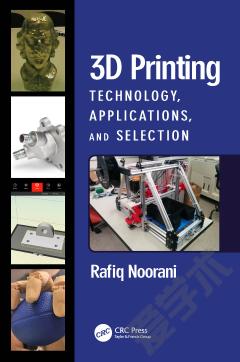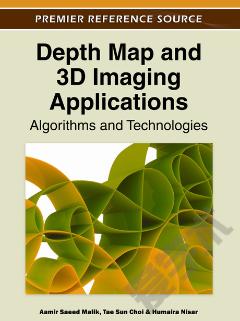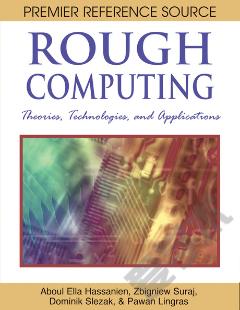3D Imaging: Theory, Technology and Applications
Electron microscope tomography (EMT) has emerged as the leading technique for three-dimensional (3D) structural analysis of unique complex biological specimens. This book reviews the different computational stages involved in EMT, from image acquisition to interpretation of the 3D reconstruction. The high performance computing (HPC) techniques normally used to cope with the computational demands are also described. Moreover, combining the holographic methods with the methods for digital image processing has made it possible to develop the digital holographic interference microscope (DHIM) for real-time 3D imaging of phase microscopic objects and measurement of their morphological parameters. In this book, the classical and holographic methods of phase microobject visualization are considered. In addition, 3D imaging has become commonplace in the medical field, with its routine use in the better established institutions for pre-natal observations, diagnosis of ailments, work-up prior to surgery, recovery monitoring and many other medical procedures. This book discusses the research methodology required in the reconstruction of 3D volume and employing computer-aided diagnosis to identify various diseases. Details of the different stages of processing, along with the promising results achieved are presented. Also discussed are some considerations for future trends of 3D imaging in the medical field. Other chapters cover detailed derivations of reconstruction algorithms in 2D and modern 3D cone-beam CT (CBCT), evaluate geometric parameters of bone in 3D using CT scans or a new low-radiating device (EOS), and CT based 3D- display providing accurate preoperative visualization and computerized risk analyses for safety margins of pancreatic- and biliary- tract tumors, as well as for the assessment of abdominal aortic aneurysms (AAA).
{{comment.content}}








 京公网安备 11010802027623号
京公网安备 11010802027623号